Introduction
Spaying is the process of surgically removing a female dog’s reproductive organs, typically the ovaries and uterus. The procedure is an important consideration for any responsible pet owner. It can greatly reduce the risk of certain health issues and undesirable behaviors in dogs. For example, spaying can lower the risk of developing breast tumors, eliminate the heat cycle (and accompanying mess), and curtail aggressive or overly sexual behavior. However, many dog owners may be curious about one particular aspect of spaying: do dog nipples shrink after surgery?
It’s a natural question to ask, as both male and female dogs have nipples that can be impacted by hormonal changes. In female dogs that undergo spaying surgery, there are often noticeable changes in nipple size and appearance.
So what exactly happens to a dog’s nipples after spaying? Let’s explore this topic further.
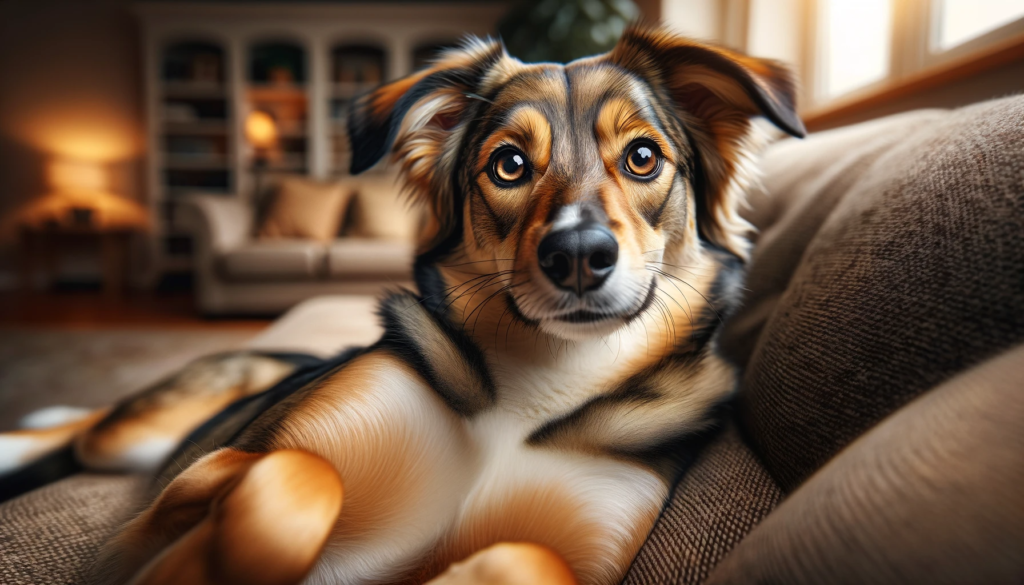
The Mystery Surrounding Dog Nipples
Dog nipples are a bit of a mystery for many owners. Humans typically only have two nipples, but dogs have anywhere from 6-10 depending on their breed and litter size. These nipples serve an important biological function: they supply milk to nursing puppies.
However, even when not actively nursing puppies, dog nipples can still be impacted by hormones circulating through the body. So it’s not surprising that some owners may notice changes in their dog’s nipple size after spaying surgery.
But why does this happen? And is it something to be concerned about?
Hormonal Changes After Spaying
To understand why dog nipples may shrink or change shape after spaying surgery, it’s helpful to know more about the hormonal changes that occur in female dogs during the procedure. When a female dog is spayed, her ovaries (which produce estrogen) are removed along with her uterus.
This means that she no longer has the same levels of estrogen circulating through her body as she did before. Estrogen is a hormone that plays a key role in breast development. When levels drop, it can impact nipple size as well.
How Nipples Change After Spaying
So what do these hormonal changes mean for a dog’s nipples? In general, many female dogs who undergo spaying surgery will experience some degree of nipple shrinkage. This can be because their glands and connective tissues are no longer being stimulated by estrogen. This leads to a reduction in overall breast size.
However, it’s important to note that not all dogs will experience significant changes in their nipple size after spaying. The extent of the changes can depend on factors like age, breed, health status, and individual hormonal variability.
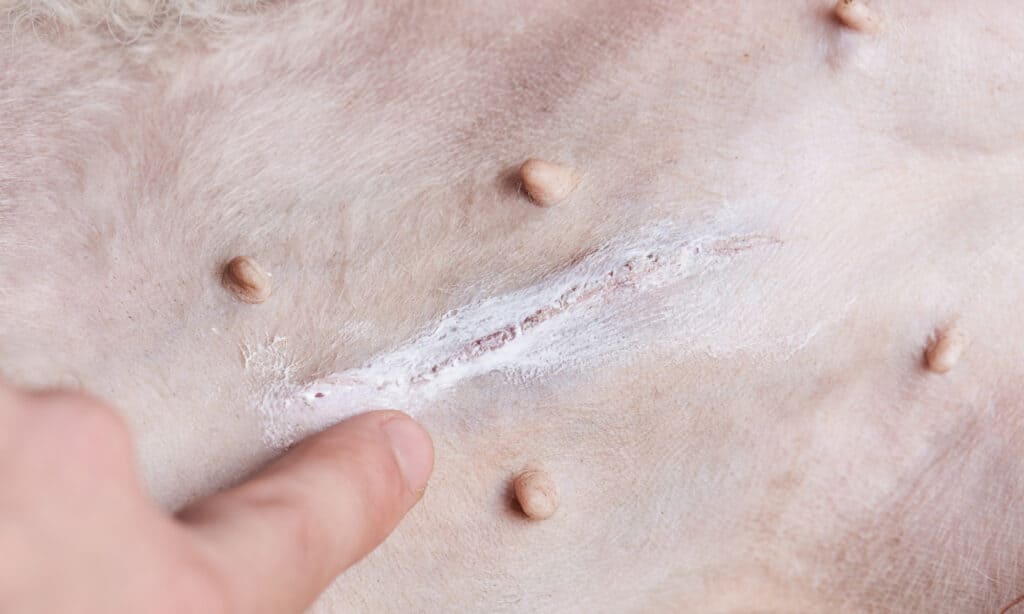
The Importance of Monitoring Your Dog’s Health
While nipple shrinkage may not seem like a big deal at first glance, it’s still important to monitor your dog’s overall health after spaying surgery. Any noticeable changes in breast or nipple appearance should be discussed with your veterinarian to rule out any potential issues or concerns.
In addition to keeping an eye on your dog’s breasts and nipples post-surgery. It’s also crucial to continue providing them with proper nutrition and exercise as they recover. A healthy lifestyle can help support optimal healing and minimize any potential complications associated with spaying surgery.
Overall, while there may be some noticeable changes to your dog’s nipples after spaying surgery, these typically aren’t cause for alarm. By staying informed about the procedure and monitoring your pet’s recovery closely, you can help ensure they stay healthy and happy for years to come.
Do Dog Nipples Shrink After Spaying?
As a dog owner, you may wonder if your furry friend’s nipples will change in size after spaying. The answer is yes, dog nipples do shrink after spaying.
The reason for this is due to hormonal changes that occur in dogs after the procedure. Specifically, spaying removes the ovaries and uterus which produce estrogen and progesterone hormones.
These hormones play a significant role in nipple size changes in dogs. After spaying, estrogen and progesterone levels decrease rapidly, causing a reduction in breast tissue development.
This reduction can also result in nipple shrinkage. It’s important to note that while nipple shrinkage is common after spaying, it doesn’t always occur immediately.
In some cases, it may take several weeks or even months for the change to be noticeable. The amount of shrinkage can also vary from dog to dog depending on factors such as age, breed, and overall health.
For example, older dogs may experience more significant nipple shrinkage than younger ones due to decreased glandular tissue production over time. While nipple shrinkage is a normal occurrence after spaying, it’s essential to monitor your dog closely during recovery.
Any ongoing swelling or inflammation should be reported to your veterinarian as soon as possible. Overall, while it may be concerning for some pet owners initially. Rest assured that nipple shrinkage is a normal part of the recovery process for dogs following spaying surgery.
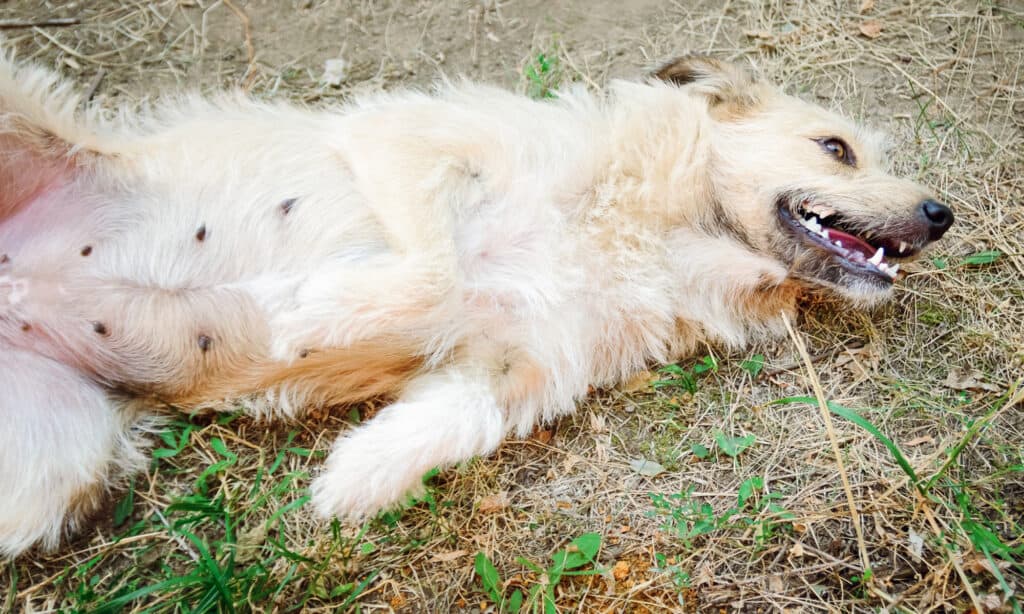
Why Do Dog Nipples Shrink After Spaying?
Spaying is a common surgical procedure performed on female dogs to prevent them from becoming pregnant. During the surgery, the dog’s ovaries and uterus are removed, which ultimately results in changes to her hormone levels.
These changes can lead to various physical changes in dogs, including a reduction in nipple size. After spaying, the dog’s body undergoes significant hormonal changes.
Specifically, the levels of estrogen and progesterone–two hormones that play a key role in regulating a dog’s reproductive cycle–decrease dramatically. As a result, dogs may experience some temporary physical side effects such as lethargy, decreased appetite, and even minor behavioral changes.
One of the more noticeable physical effects of reduced estrogen and progesterone production is the reduction in nipple size. The nipples themselves may appear flatter or less prominent than they were prior to spaying.
This is because these hormones play an important role in maintaining breast tissue health and elasticity. As estrogen levels drop after spaying, breast tissue may begin to atrophy or shrink.
This can cause not just nipple size reduction but also saggy breasts with loose skin around the mammary glands. Pet owners shouldn’t worry about natural changes in their pet’s behavior unless other symptoms of poor health are present.
It’s also worth noting that while reduced estrogen production after spaying does affect nipple size reduction along with other noticeable side effects like weight gain, it’s not solely responsible for it. After spaying female dogs’ hormone levels will decrease dramatically leading to various physical changes such as lethargy or reduced appetite. However, one of the most visible signs of these hormonal shifts is reductions in nipple size due specifically decreased estrogen levels post-surgery which can ultimately affect breast tissue too negatively over time if left unmonitored.
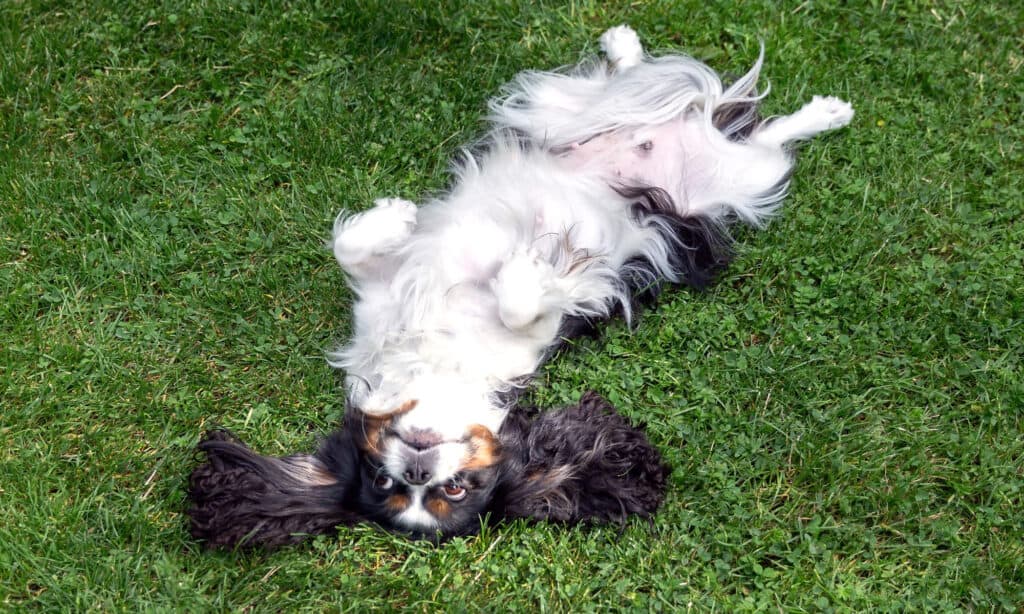
How Long Does It Take for Dog Nipples to Shrink After Spaying?
One of the most common questions that dog owners ask is how long it takes for their dog’s nipples to shrink after spaying. The answer is not straightforward as there are various factors that can affect the timeline.
Generally speaking, most dogs will begin to experience a reduction in nipple size within a few weeks of being spayed. It’s important to keep in mind that every dog is different. There’s no set timeline for when nipple size changes occur.
Some dogs may experience a quicker reduction in nipple size while others may take longer for the changes to become noticeable. It’s also important to remember that some dogs may not experience any noticeable changes in their nipple size at all.
Factors That May Affect How Long It Takes for Nipples to Shrink
Several factors can influence how long it takes for a dog’s nipples to shrink after being spayed. One crucial factor is age. Younger dogs often experience more significant hormonal changes than older ones and might require more time before their nipples reduce in size. Another factor is breed. Some breeds are predisposed to hormonal imbalances that can cause prolonged swelling and increased likelihood of mammary gland hyperplasia. This can lead to larger nipples or lumps under the skin around the nipples area post-spaying.
Overall health plays an essential role in determining how quickly a dog’s body responds post-surgery. Dogs with pre-existing health issues or those who have undergone extended periods of stress may take longer before seeing significant changes in their nipple size.
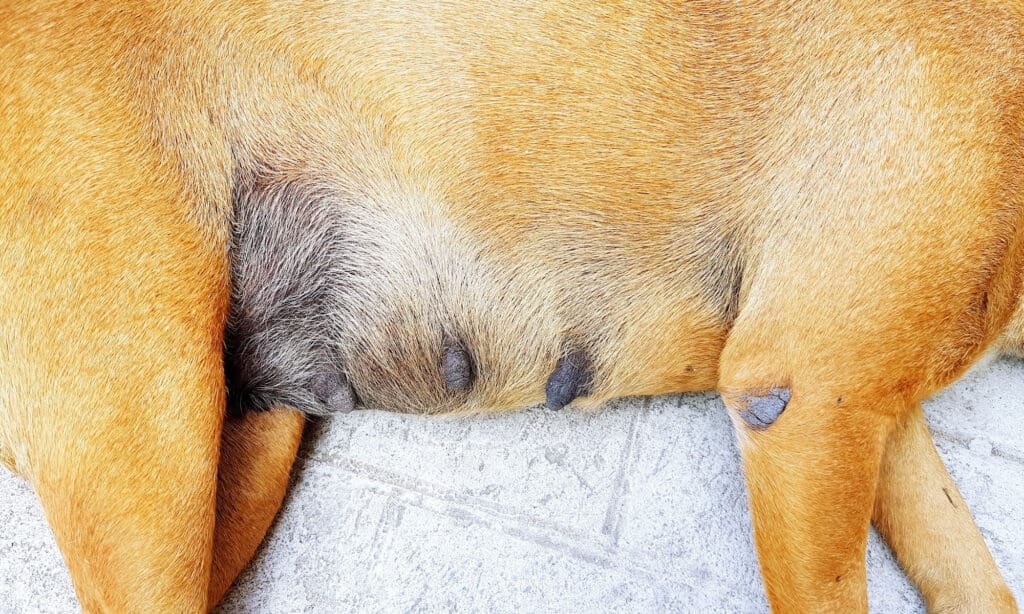
The General Timeline of Nipple Size Changes Post-Spaying
The general timeline for when dog owners can expect their pet’s nipples’ sizes to decrease varies from case-by-case basis. Immediately after surgery, your dog will be swollen around her belly, including her mammary glands, for the first few days. The swelling should subside after two to three weeks post-surgery. The nipples should begin to reduce in size shortly after.
By the end of six to eight weeks post-surgery, most dogs will have experienced a noticeable reduction in nipple size. However, it’s essential to keep monitoring your dog’s nipple size regularly as some dogs may take longer before they experience significant changes.
What if Nipple Size Changes Don’t Occur?
In some cases, dog owners may notice their pet’s nipples have not reduced in size several months following spaying. Should this happen, it is essential for pet parents to consult with their veterinarian right away.
There may be underlying issues that could be causing the lack of change in nipple size. In some cases, lack of change could be due to an incorrect diagnosis of spaying or hormonal imbalances. For example, hypothyroidism or Cushing’s disease that might require further testing and treatment by a veterinarian.
Ultimately, while there is no set timeline for when nipple size changes occur post-spaying. Most dogs will experience a reduction in nipple size within a few weeks of surgery. Pet parents must monitor any signs of swelling and growth occurring around the nipple area and seek veterinary attention if there are any concerns or unusual experiences observed around this area post-spaying.
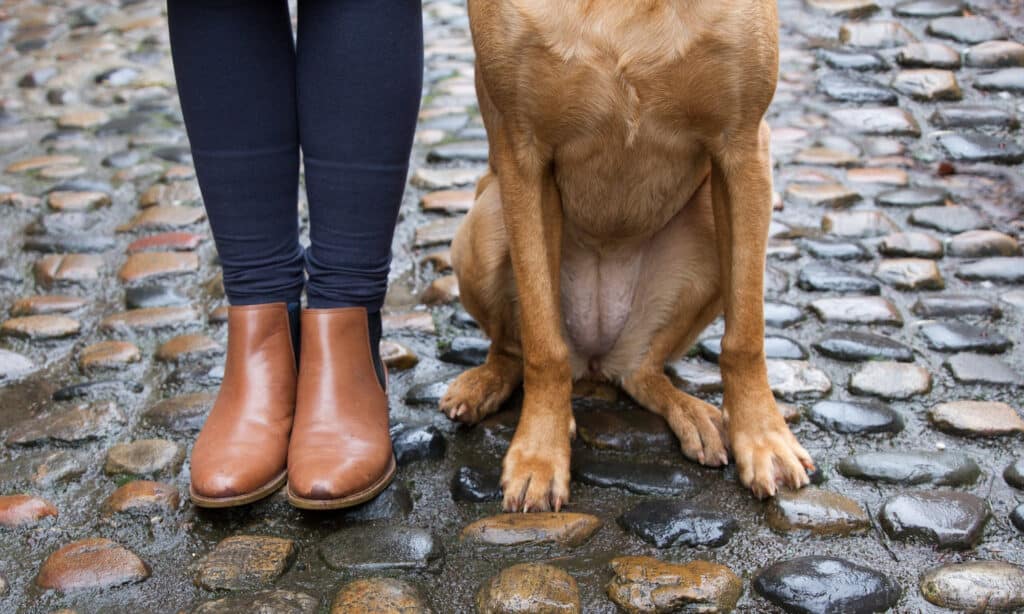
Preventative Measures to Minimize Nipple Size Changes After Spaying
As a dog owner, it’s natural to want to do everything you can to ensure your furry friend stays healthy and happy. One way you can help your dog maintain its physical appearance after spaying is by taking preventative measures before the procedure.
While there’s no guarantee that these measures will completely prevent nipple size changes, they may help minimize the extent of the changes. One such measure is ensuring that your dog maintains a healthy weight both before and after spaying.
Dogs who are overweight or obese have a higher risk of developing hormonal imbalances, which can lead to larger nipples after spaying. By keeping your dog at a healthy weight, you may be able to reduce this risk.
Another preventative measure is providing your dog with proper nutrition both before and after spaying. A diet rich in nutrients like protein, vitamins, and minerals will help ensure that your dog’s body stays in balance post-surgery, which may help minimize nipple size changes.
It’s important to keep up with regular veterinary check-ups both before and after spaying. Your vet can monitor your dog’s hormone levels and overall health and provide guidance on any additional preventative measures that may be appropriate for your specific pet.
Treatments Available to Reverse Nipple Size Changes After Spaying
If you’ve already had your female dog spayed and have noticed significant nipple size changes after the procedure, you may be wondering if there are any treatment options available to reverse these changes. Unfortunately, there are no guaranteed treatments available for this issue. However, some pet owners have reported success with certain home remedies such as massaging the nipples or applying natural oils like coconut oil or vitamin E oil to the affected area.
These remedies can help improve blood flow to the nipples and potentially reduce their size over time. In more severe cases where nipple size changes are impacting your dog’s quality of life or causing discomfort, surgical options may be available.
Your veterinarian will be able to provide guidance on whether these options are appropriate for your specific pet. It’s important to note that regardless of the severity of the nipple size changes, regular veterinary check-ups and communication with your vet about any concerns or issues is crucial for maintaining your dog’s overall health and wellbeing.

While it’s natural to feel concerned about potential nipple size changes after spaying your female dog, it’s important to remember that this is a common side effect of the procedure. By taking preventative measures before spaying and seeking guidance from your veterinarian if you notice significant changes after surgery, you can help minimize any discomfort or impact on your dog’s quality of life.
Remember that every dog is different and there is no guaranteed way to prevent or reverse nipple size changes after spaying. The most important thing you can do as a pet owner is maintain open communication with your vet and prioritize your dog’s overall health and happiness.
Summary
After reading this article, it’s clear that dog nipples can indeed shrink after spaying. This occurs due to the hormonal changes that take place in dogs after they’re spayed. While the size of a dog’s nipples may decrease, it’s important for pet owners to understand that this is normal and not a cause for concern.
We’ve discussed why dog nipples shrink after spaying, and how long it typically takes for this change to occur. There are no preventative measures that can be taken to avoid nipple size changes after spaying, so pet owners should be prepared for potential changes in their dog’s body.
It’s worth noting that while nipple size changes are common after spaying, they’re not the only change pet owners may see in their dogs. It’s important to monitor your dog closely after surgery and speak with your vet if you notice any other concerning symptoms.
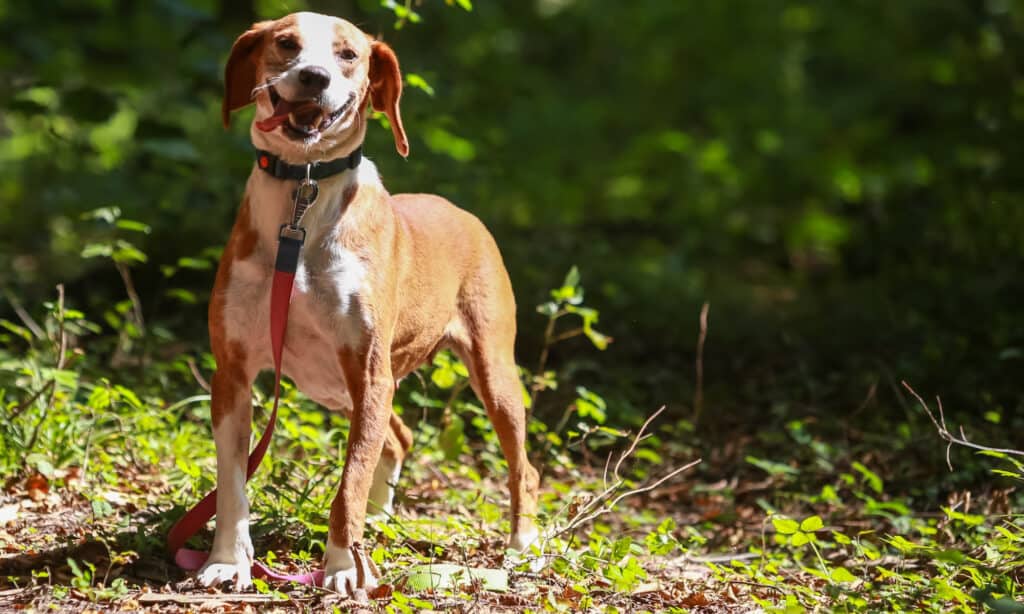
Final Thoughts
While there are many benefits of having your female dog spayed, such as reducing their risk of certain cancers and preventing unwanted litters, it’s important for pet owners to also understand the potential physical changes their dogs may undergo post-surgery. It can be difficult seeing our furry friends go through any type of difficulty or pain.
Knowing what is “normal” during recovery and what signs could indicate something more serious is crucial in helping our pets get back on their feet as quickly as possible. In addition to monitoring our dogs closely during recovery from surgery, we should also focus on supporting them through other means – whether it’s providing comfort or adjusting their daily routine as needed.
Our pets rely on us to be their advocates and caretakers. By staying informed and paying close attention to any changes in our dog’s body, we can provide the best care possible and ensure they have a long, happy life.
~Lindsie
